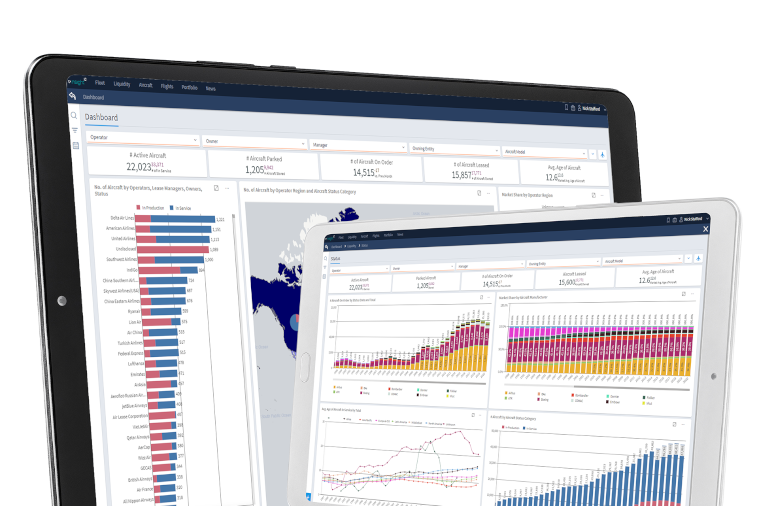The Aviation Conversation - ESG
In this edition of our popular Aviation Conversation series, IBA's Phil Seymour, Jeni Stanley and Danny Thurtle discuss the challenges faced by the aviation industry as it adapts to the ever changing world of ESG regulations and the road to carbon net zero.
Sustainable finance
Investors are increasingly integrating environmental, social and governance (ESG) criteria into their investment decisions. IBA's steeped in aviation and finance expertise, putting it in pole position to support issuers in the aviation sector. IBA can act as a Second-Party Opinion (SPO) service for green and sustainability bonds.
Emissions monitoring and forecasting
IBA helps Corporate Sustainability, Finance and Investor Relations departments within airlines to monitor and report their emissions and to compare them against the industry. We partner with lessors to monitor their aircraft portfolio's carbon footprint and evaluate how it compares against industry peers. IBA can also forecast scenarios based on future fleet profiles taking into account use of Sustainable Aviation fuels.
ESG Ratings
IBA provides ESG ratings for major global airlines , scoring them according to environmental criteria such as carbon emissions, social factors like diversity and governance standards including board independence. In contrast to other ESG ratings providers, IBA's ranking is exclusively focused on providing the highest quality evaluation specifically for the aviation sector. We've established the benchmark. Comparing ESG ratings between different sectors is of limited value because they are typically not interchangeable. Aviation is vital for global economic growth. IBA's ranking powers stakeholders to reach the best informed decision available within the aviation sector.
ESG Strategy
We can boost your ESG strategy. Our in-depth industrial knowledge fuels our ability to devise an ESG strategy that's challenging yet realistic. IBA will develop the plan, the internal and external communication policy, the regulatory context and the tools to track ongoing performance. If help's required to implement an ESG programme, we'll partner with transformation experts to give you the delivery assurance you need.
New technology
Perhaps you're considering investing in new technology. We can give you expert advice. Our experienced engineers not only understand gas turbine engines, they're also skilled at evaluating electric aircraft including battery technology.




